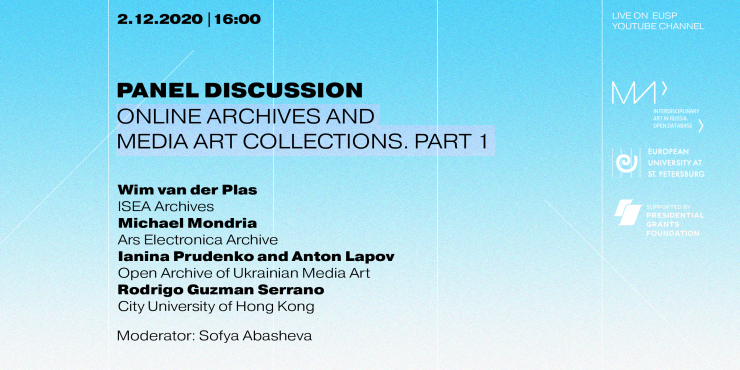European University Launches the Summer Festival “Reading District”
16.06.2025
The five-week festival will transform Liteiny Prospect and its surroundings into a unified literary space, with the university, museums, bookstores, galleries, and culinary venues becoming stops along a route showcasing hubs of contemporary book culture.



















